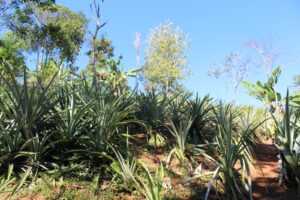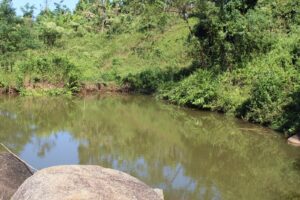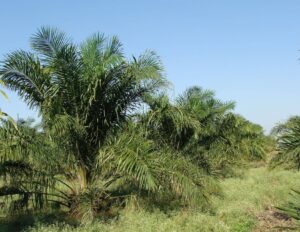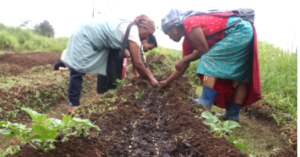On a bright sunny day, NESFAS team ventured to dive twenty kilometres from proper Nongpoh to the breathing landscape of Pahamshiken near Umden, rich with fresh organic green vegetables, fruits (particularly pineapples), pulses, grains both local and rare. The people in the village depend primarily on agriculture, and there is only one Village School known as CLP School accommodating students only till class four. For further studies, the students would have to venture to nearby villages. Though a majority of the community members are illiterate, what makes Pahamshiken stand out is their belief in traditional farming and have developed the art of organic manure that they learned from their forefathers. The ancestors also taught them to weave, to identify and use wild medicinal herbs for ailments of various kinds. The forefathers also surmised leisure and toil must be in equilibrium. Smoking, an act of leisure, has since time immemorial been looked upon as an act of purification, in contrast to the general scientific belief. For this, the locals preferred specific leaves locally called Sla-Rishan, Sla-Sohkyndur and Sla-Dieng Blei because of their savoury taste. The leaves are first collected just after the break of winter, that is, in March and further dried at the of the hearth’s chimney to be ready.
As the team spent more time with the community, they discovered how grounded they were in their traditions and customs. With westernisation quickly sinking in, they imbibe and blend to balance out the new and the old by embracing one, entwining the other deeply rooted in a myriad ways. Through time, they have come to embrace Christianity and celebrate Christmas and New Year, but their identity is still intact with the Shad Sajer, a cultural dance celebrated around mid-January or before the second week of February consecutively for three days and nights as a gratitude to the gods for blessing them with another year. However, in the modern context, Shad Sajer’s timing of celebration is based on the availability of the funds and the relevancy of the months is slipping away. The Shad Sajer is divided into three parts:
The first day is called Sngi Iew Duh, or the market-day. Young men and women are sent to the mountain of Sajer to seek for certain things to prepare for offerings to the Gods. It is also a matrimonial match-making practice for the young lads and lasses. At twilight, the elders will visit the young heart-throbs to prevent any unforeseen turn of events.
The second day is called Ka leit Shaw Syrngu, or the day to beckon the spirits. Goats are sacrificed through a ceremony called Pom Blang, followed by different cultural dance forms danced during the Sajer Festival like the Shad Shut Wait, Shad Langeh, Shad Mastieh, but the most famous of the dance forms is the Shad Rah Kynthei danced on the last day.
Shad Shutwait or sharpening of the swords represents the unity of brotherhood where the men-folk of the village and the clans are to participate which is followed Shad Langeh a dance form to swear to live and die together, and last the Shad Mastieh which is of two types – one where four men participate, and the other only two. Shad Mastieh represents victory. A feast is prepared to celebrate the mighty warriors to honour them and for the asylum they now can enjoy.
The Third day is called Sngi Iew Nongpoh, or the day of the weekly Nongpoh Market. On this day, the Syiem, Lyngdoh and Nongkyum clans jointly take part in Shad Rah Kynthei a dance form of carrying the girls with the hips of the men from both sides without the use of hands after which they proceed towards the newly built homes to bless them with the dance. The dance is then continued to the field to conclude the three-day ceremonial rites of the Shad Sajer. A report is then brought forward on whether there has been any troublemaker or rabble-rouser in the three preceding days. If anyone is found guilty, he/she will be fined for his/her conduct.
The Raid Lyngdoh command the highest respect as the guardian not just of customs and traditions but also the protector of the environment; the forests, streams, lakes, caves and all living organisms. Krem Lymbit, a cave that etymologically translates as “cave of bats”. It was originally known as Pnah Kyndeng Cave. It is under the protection of the Raid Lyngdoh and is believed to belong to the Hill Deity or the Lei Ryngkew. Locals opine that one must not indulge in any form of immoral misconduct lest face the wrath of the gods. In such a case, one must offer special rituals and sacrifices to make amends and be free from the supernatural snare. What is more unique about the cave is it houses a myriad species of fauna like monkeys, tigers, bears and other animals apart from bats. Though Krem Lymbit has bloomed into a sought-after tourist destination, it is still revered to be a dwelling place of the gods.
In Pahamshiken, a thread of interconnectedness is weaved closely knitted together between all the different species of life and the environment that we breathe from and breathe into; at perfect peace isolated in this exotic little earth.






